
Results of the international workshop 'Liberec City with a Vision'
On Sunday, October 16, 2011, a presentation of the results of a student workshop took place with the participation of Belgian educators and representatives of the Liberec City Council at the Faculty of Art and Architecture of the Technical University of Liberec. Twenty students divided into four groups set about solving three specific sites that, in their opinion, currently afflict Liberec the most after thorough analyses. Each group had to first find a common language and divide tasks among themselves to make the best use of the five-day timeframe for intensive studio work. Right from the first day, a wide range of working models began to emerge, which proved to be the most effective means of communication in urban design in the topographically intricate area of Liberec. Many Belgian students visited the Czech Republic for the first time, thus offering completely unbiased and fresh perspectives on a city they had only known for a few hours. In contrast, Liberec students who had participated in extensive analyses and mapping of problematic areas in the previous semester were able to offer their valuable experiences and respond flexibly to challenges in designing for an unfamiliar territory. Students from Ghent surprisingly arrived at similar conclusions as those indicated by the projects of the Liberec Atelier. The four teams created six projects addressing problematic sites near the city center.
The first project – Nisa reformation – brings the river back to the city. The students divided the area along Dr. M. Horáková Street into clusters that gradually disperse as they move away from the center. In addition to the watercourse, they also focused on the abandoned railway area and did not overlook the closed entertainment center Babylon. Besides the usual functional use, students highlighted urban recreation and the potential for the meandering flow to overflow during floods. The river, surrounded by a green belt, is intended to serve as the backbone of a newly strengthened structure of the city. Educators praised the diversity of the proposal and the creation of varied atmospheres.
The second project – Liberec - Nisa river – also dealt with the area of the river around Babylon, which they divided into six horizontal bands with clearly defined functions. The linear area fully connects the city center with the residential district of Rochlice. Some of the attempts to revitalize the city bore too much resemblance to the nearby Babylon. The congested composition without a deeply thought-out structure pointed to some specifics that the city could consider in the future.
The third project – Reframing – addresses the area around Papírové náměstí, which still retains its original character despite its current fragmentation. Inspired by historical maps, students set out to design diverse compact structures, all unified by a robust frame of row houses. The resulting conglomeration of different houses corresponds to the spirit of the addressed place. The only disruptive element is the placement of a strict diagonal in an otherwise fragmented area.
The fourth project – High walks – was also focused on the surroundings of Lucemburská Street, where the students were most captivated by the elevation of the area, which was also reflected in their proposal full of bridges and observation platforms. Daily life beneath these elevated walkways might not be as comfortable.
While the first two teams simultaneously worked on two assignments, the following two student teams were able to devote the entire week to solving a new traffic hub in the area of today’s main train station.
The fifth project – Weaving Liberec – attempts to merge the fragmented urban transport and low construction density into a single central hub at the location of the main railway station. The site for the new center logically arose at the intersection of both main urban axes - the quiet local and the busy regional. The bold underpinning of the railway embankment provided a simple solution to the current division of the city. One main and three smaller passages through the embankment re-engage a third of the residents living 'behind the embankment' into full-fledged urban life. The placement and orientation of the passages sensitively reference historical traces. The resulting intertwined street network should be perceived symbolically as enlarged textile fibers uniting the two city parts.
The sixth project – RE4 – went even further with its vision of a new city center, presenting a possible appearance of Liberec in the next century. The new transport center, defined by four main themes (REunite, REconnect, REuse, and Reintegrate), is flanked by high-rise buildings rising from the base of shopping centers. Despite its bold scale more fitting for a million-strong metropolis, the project strives to adapt the existing street network in a natural way. The design itself, in exaggerated form, highlights the potential of the chosen site. All works stemming from the international workshop possess an overarching view and examine individual urban areas with a perspective of several decades ahead, free from the burdens of everyday reality.
At the conclusion of the workshop, Professor Suchomel mentioned that the recently concluded workshop, by its nature, harkens back to the beginnings of the school's formation nearly twenty years ago, when it initially started in the form of summer workshops with the participation of leading Czech architects. After the establishment of the school in 1994, this intense method of teaching was continued with an international workshop with Canadian students and, two years ago, through architect Petr Janoš with the Polytechnic University of Milan.
All six resulting projects from this international workshop will be included among illustrative examples in the final publication of the 'Liberec Atelier', which will be presented to the Liberec City Hall at the end of November.
More information >
The first project – Nisa reformation – brings the river back to the city. The students divided the area along Dr. M. Horáková Street into clusters that gradually disperse as they move away from the center. In addition to the watercourse, they also focused on the abandoned railway area and did not overlook the closed entertainment center Babylon. Besides the usual functional use, students highlighted urban recreation and the potential for the meandering flow to overflow during floods. The river, surrounded by a green belt, is intended to serve as the backbone of a newly strengthened structure of the city. Educators praised the diversity of the proposal and the creation of varied atmospheres.
The second project – Liberec - Nisa river – also dealt with the area of the river around Babylon, which they divided into six horizontal bands with clearly defined functions. The linear area fully connects the city center with the residential district of Rochlice. Some of the attempts to revitalize the city bore too much resemblance to the nearby Babylon. The congested composition without a deeply thought-out structure pointed to some specifics that the city could consider in the future.
The third project – Reframing – addresses the area around Papírové náměstí, which still retains its original character despite its current fragmentation. Inspired by historical maps, students set out to design diverse compact structures, all unified by a robust frame of row houses. The resulting conglomeration of different houses corresponds to the spirit of the addressed place. The only disruptive element is the placement of a strict diagonal in an otherwise fragmented area.
The fourth project – High walks – was also focused on the surroundings of Lucemburská Street, where the students were most captivated by the elevation of the area, which was also reflected in their proposal full of bridges and observation platforms. Daily life beneath these elevated walkways might not be as comfortable.
While the first two teams simultaneously worked on two assignments, the following two student teams were able to devote the entire week to solving a new traffic hub in the area of today’s main train station.
The fifth project – Weaving Liberec – attempts to merge the fragmented urban transport and low construction density into a single central hub at the location of the main railway station. The site for the new center logically arose at the intersection of both main urban axes - the quiet local and the busy regional. The bold underpinning of the railway embankment provided a simple solution to the current division of the city. One main and three smaller passages through the embankment re-engage a third of the residents living 'behind the embankment' into full-fledged urban life. The placement and orientation of the passages sensitively reference historical traces. The resulting intertwined street network should be perceived symbolically as enlarged textile fibers uniting the two city parts.
The sixth project – RE4 – went even further with its vision of a new city center, presenting a possible appearance of Liberec in the next century. The new transport center, defined by four main themes (REunite, REconnect, REuse, and Reintegrate), is flanked by high-rise buildings rising from the base of shopping centers. Despite its bold scale more fitting for a million-strong metropolis, the project strives to adapt the existing street network in a natural way. The design itself, in exaggerated form, highlights the potential of the chosen site. All works stemming from the international workshop possess an overarching view and examine individual urban areas with a perspective of several decades ahead, free from the burdens of everyday reality.
At the conclusion of the workshop, Professor Suchomel mentioned that the recently concluded workshop, by its nature, harkens back to the beginnings of the school's formation nearly twenty years ago, when it initially started in the form of summer workshops with the participation of leading Czech architects. After the establishment of the school in 1994, this intense method of teaching was continued with an international workshop with Canadian students and, two years ago, through architect Petr Janoš with the Polytechnic University of Milan.
All six resulting projects from this international workshop will be included among illustrative examples in the final publication of the 'Liberec Atelier', which will be presented to the Liberec City Hall at the end of November.
More information >
The English translation is powered by AI tool. Switch to Czech to view the original text source.
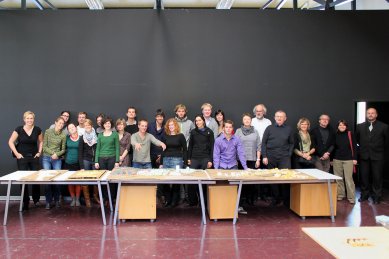
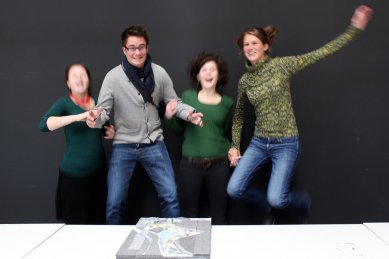
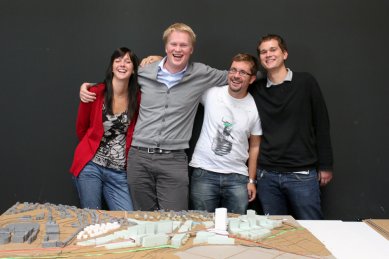
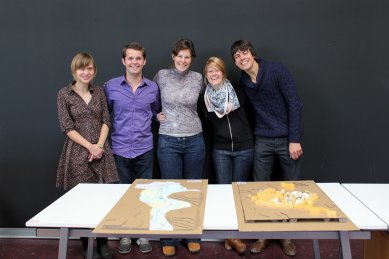

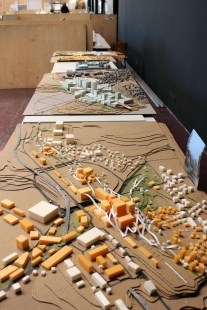
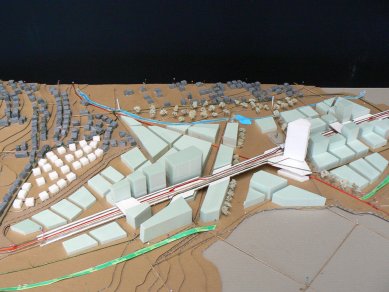
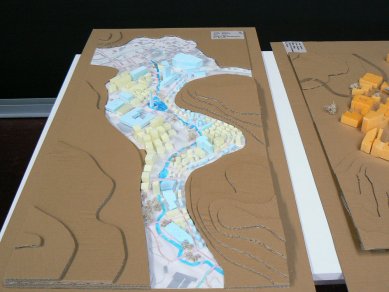
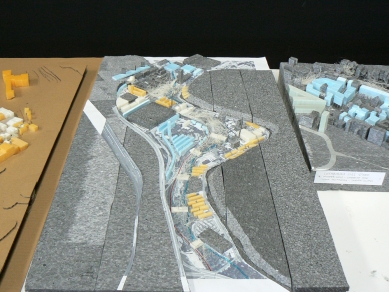
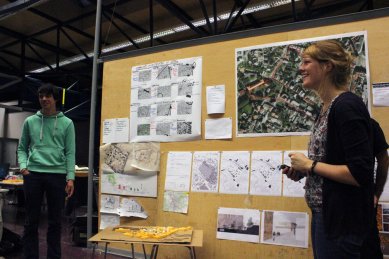
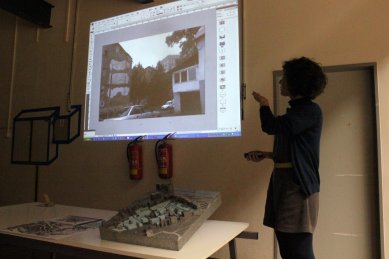
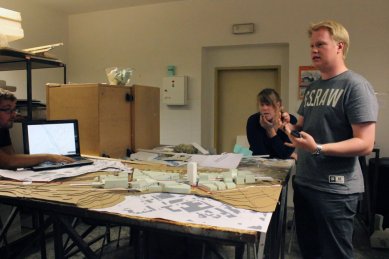
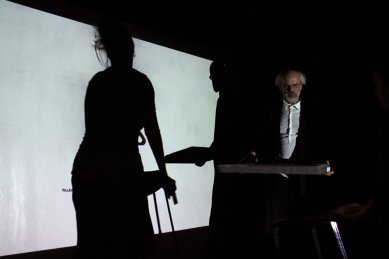
0 comments
add comment
Related articles
0
16.03.2012 | Central Station Liberec
0
28.11.2011 | Presentation of the vision of the studio Liberec before the city councilors
0
20.10.2011 | The performance of the Atelier Liberec at the Urbanism Inventory 2011
0
11.10.2011 | Initiation of the international workshop 'Liberec a city with a vision'











